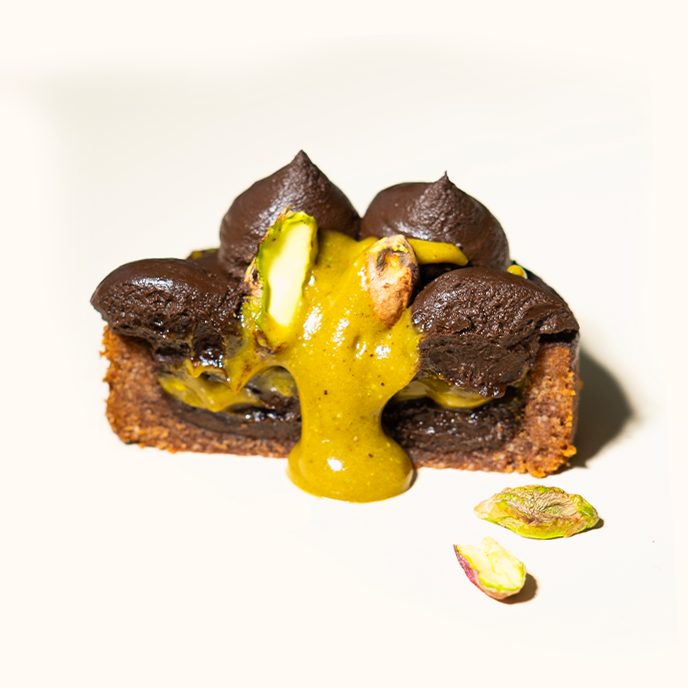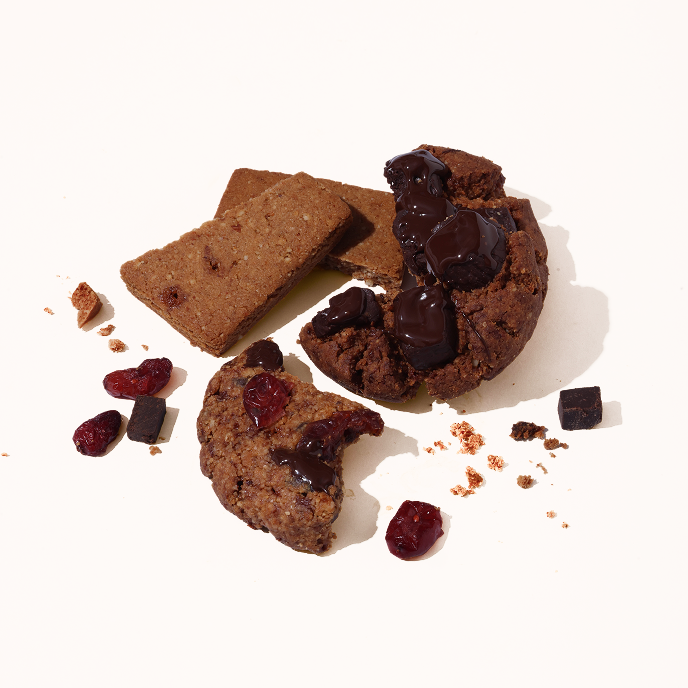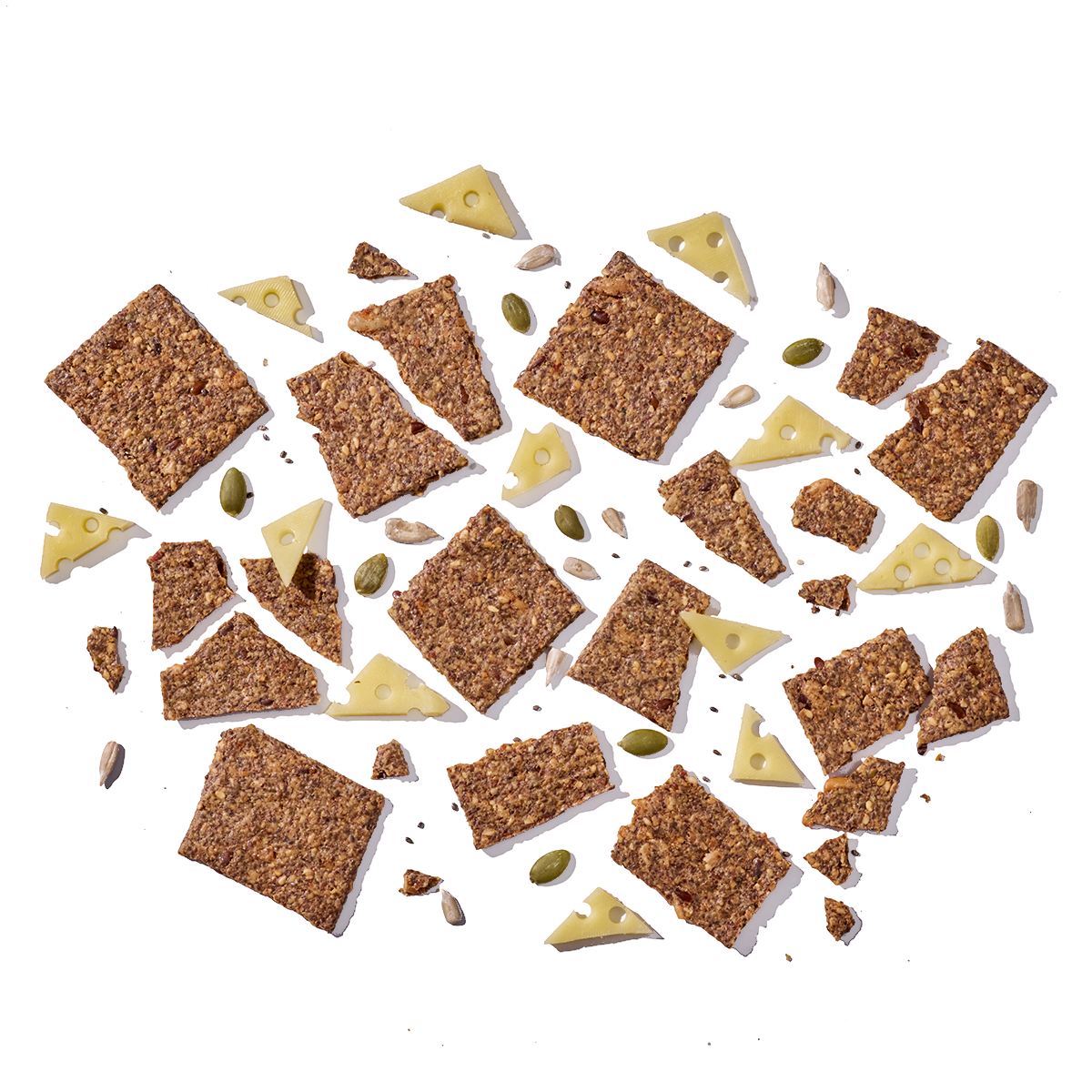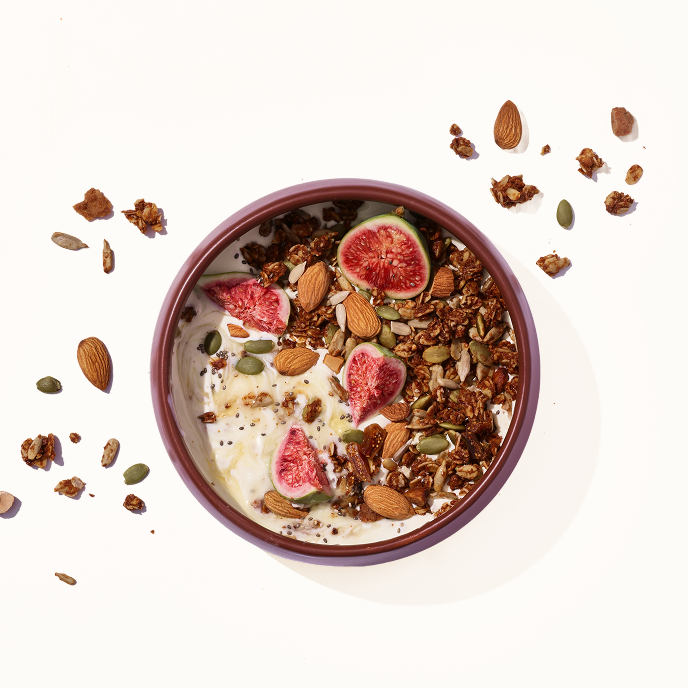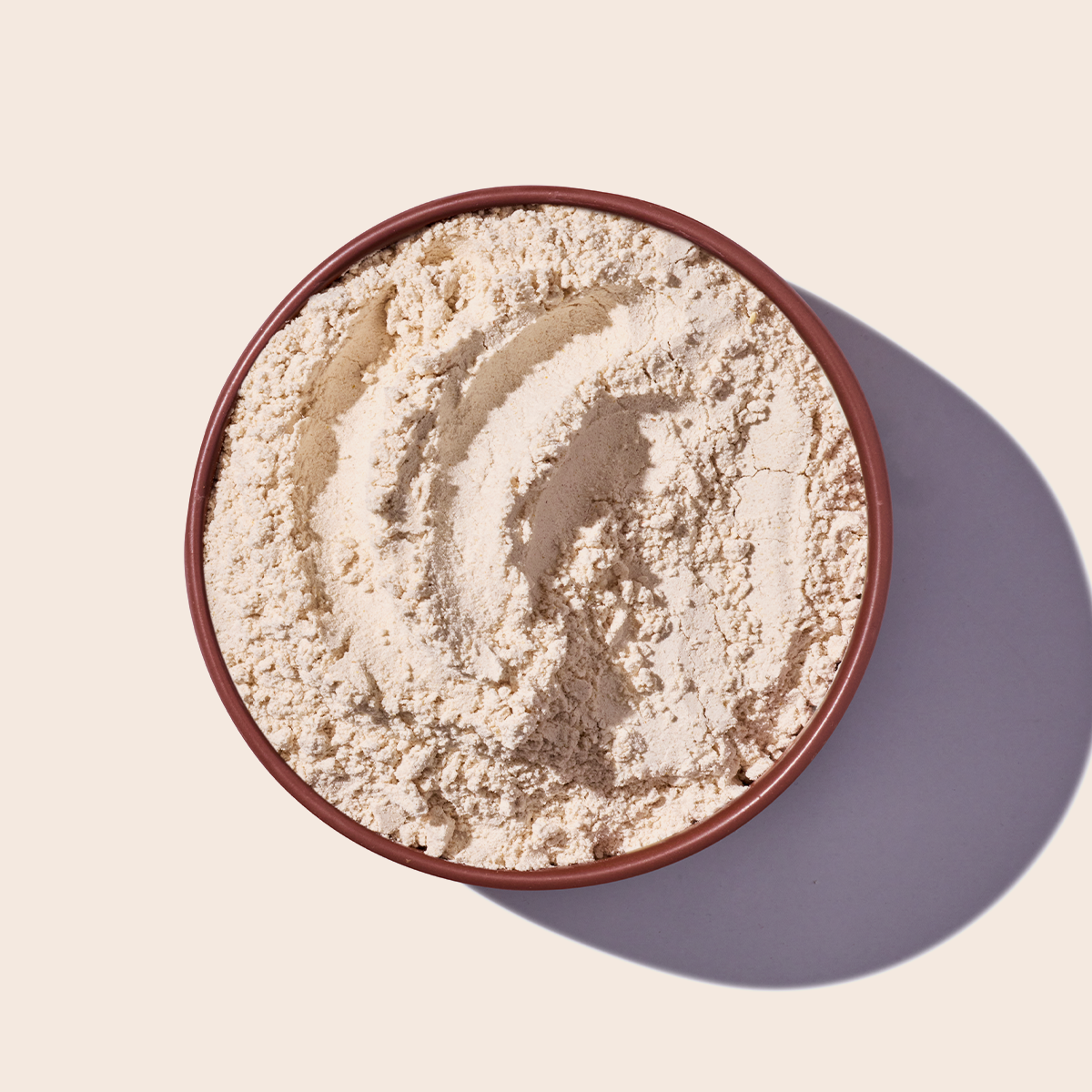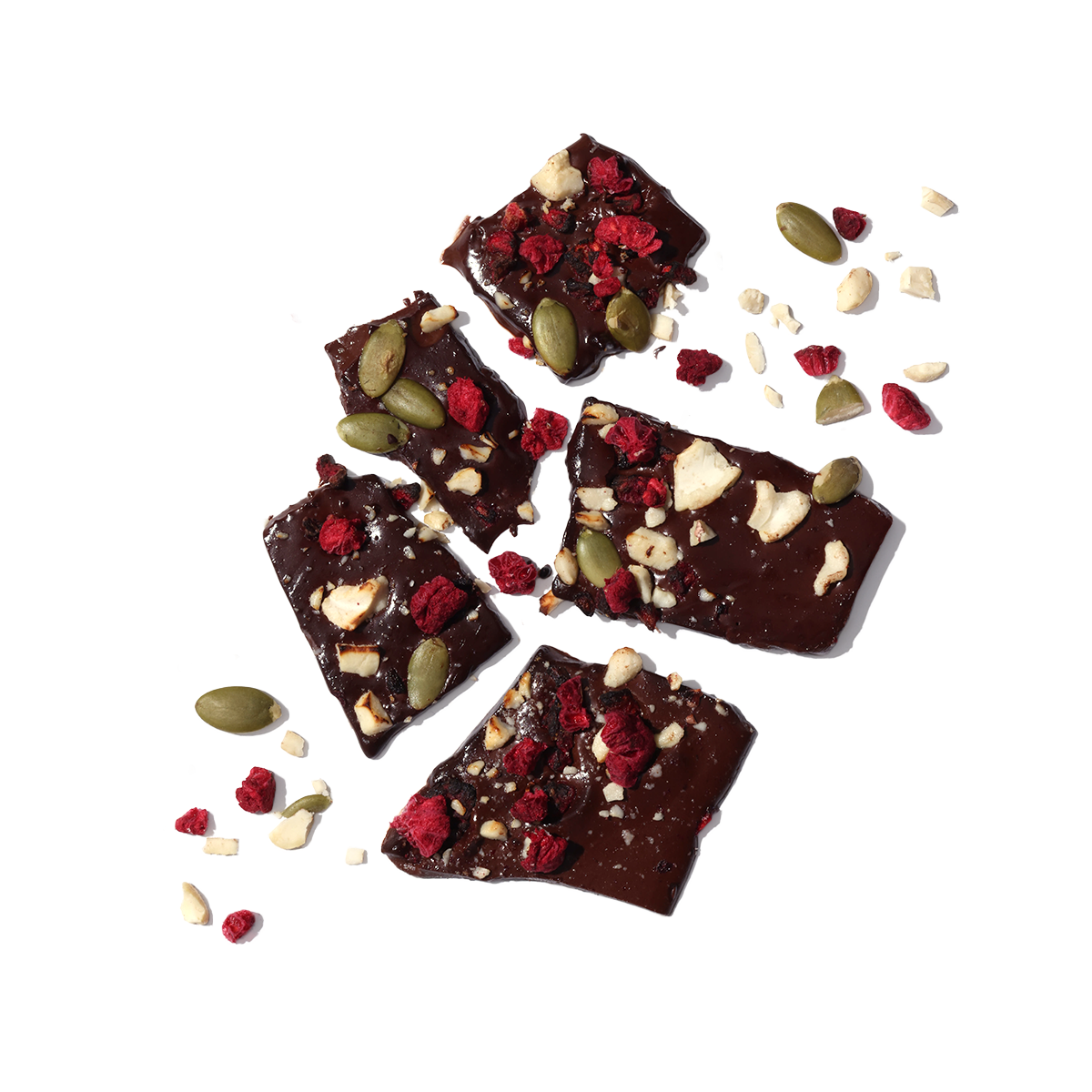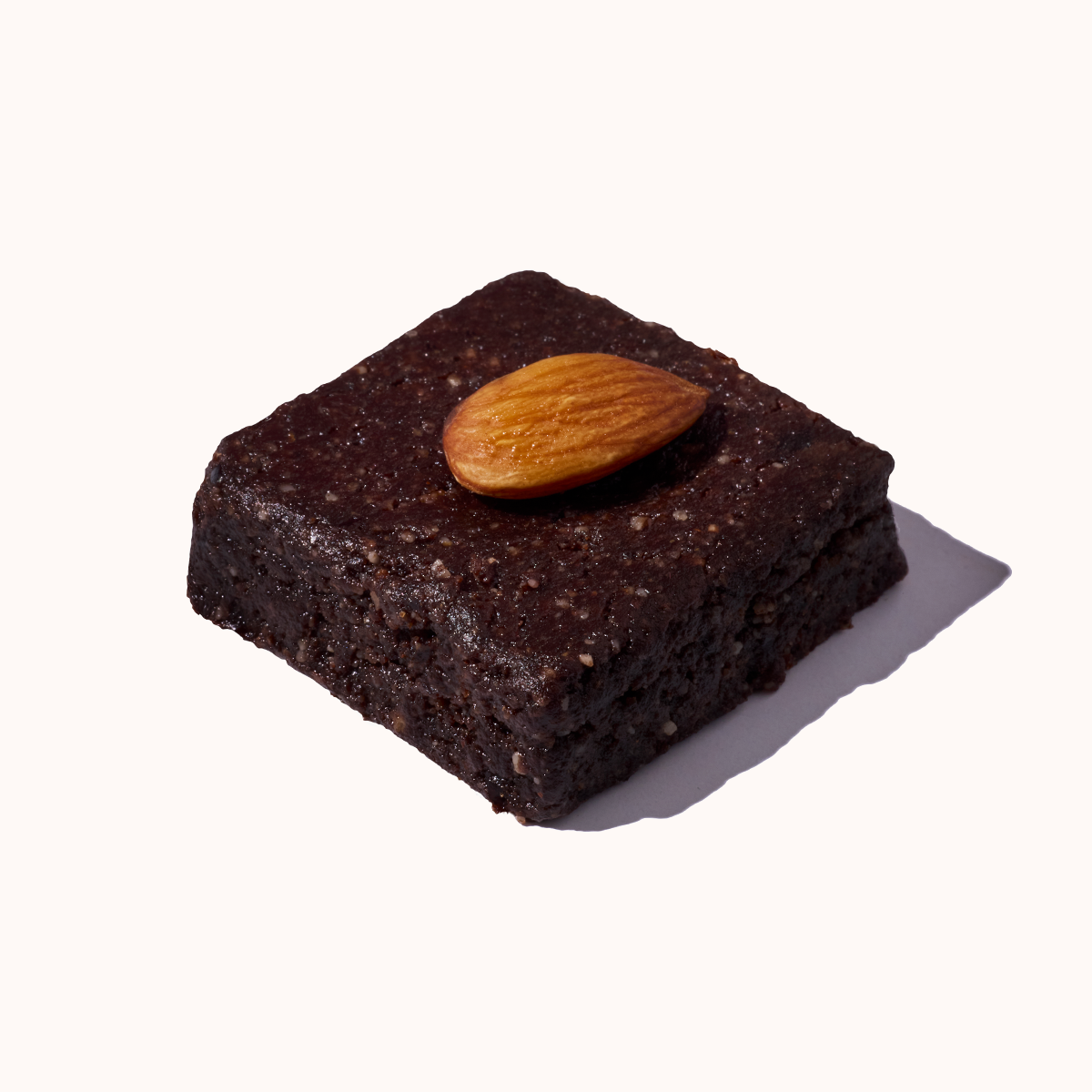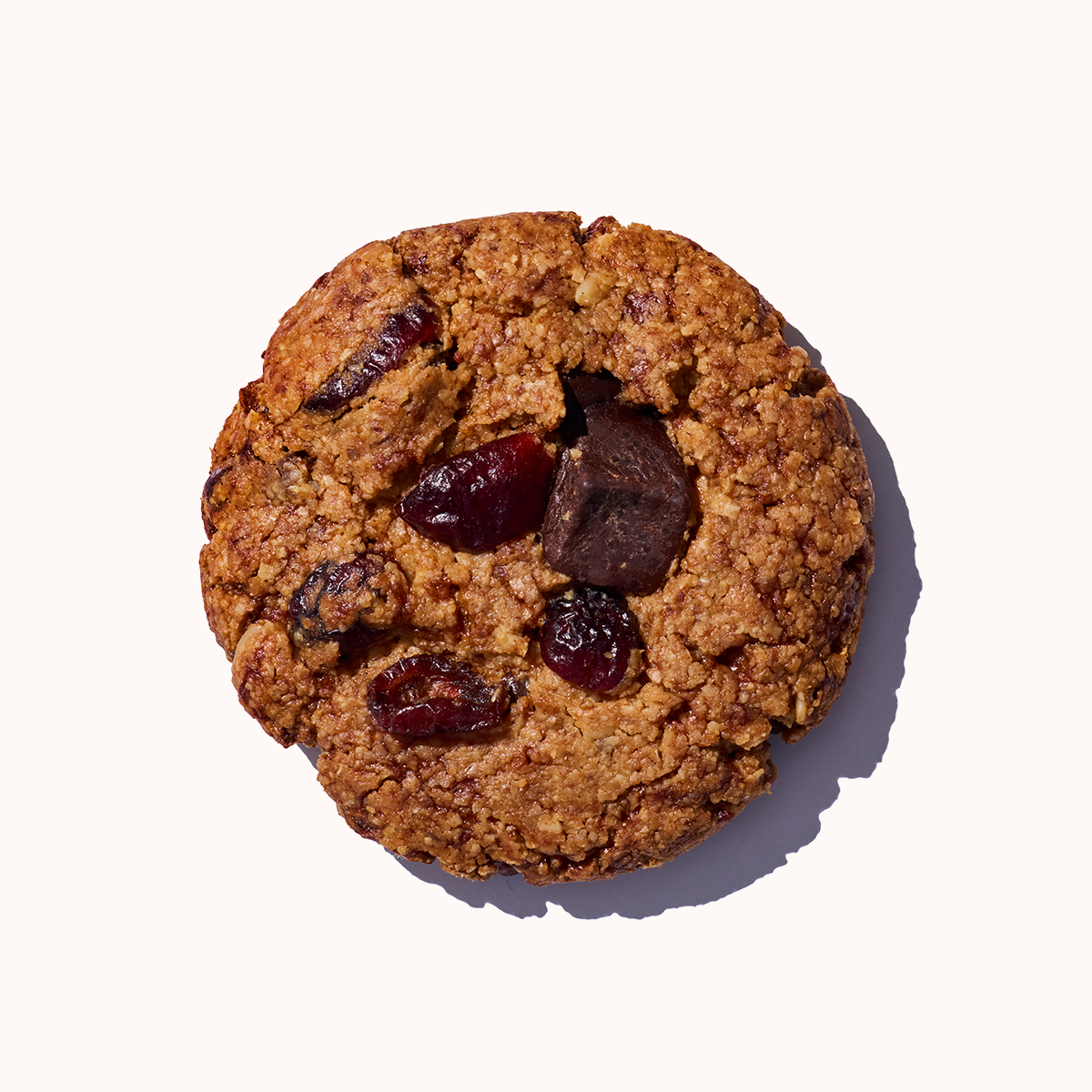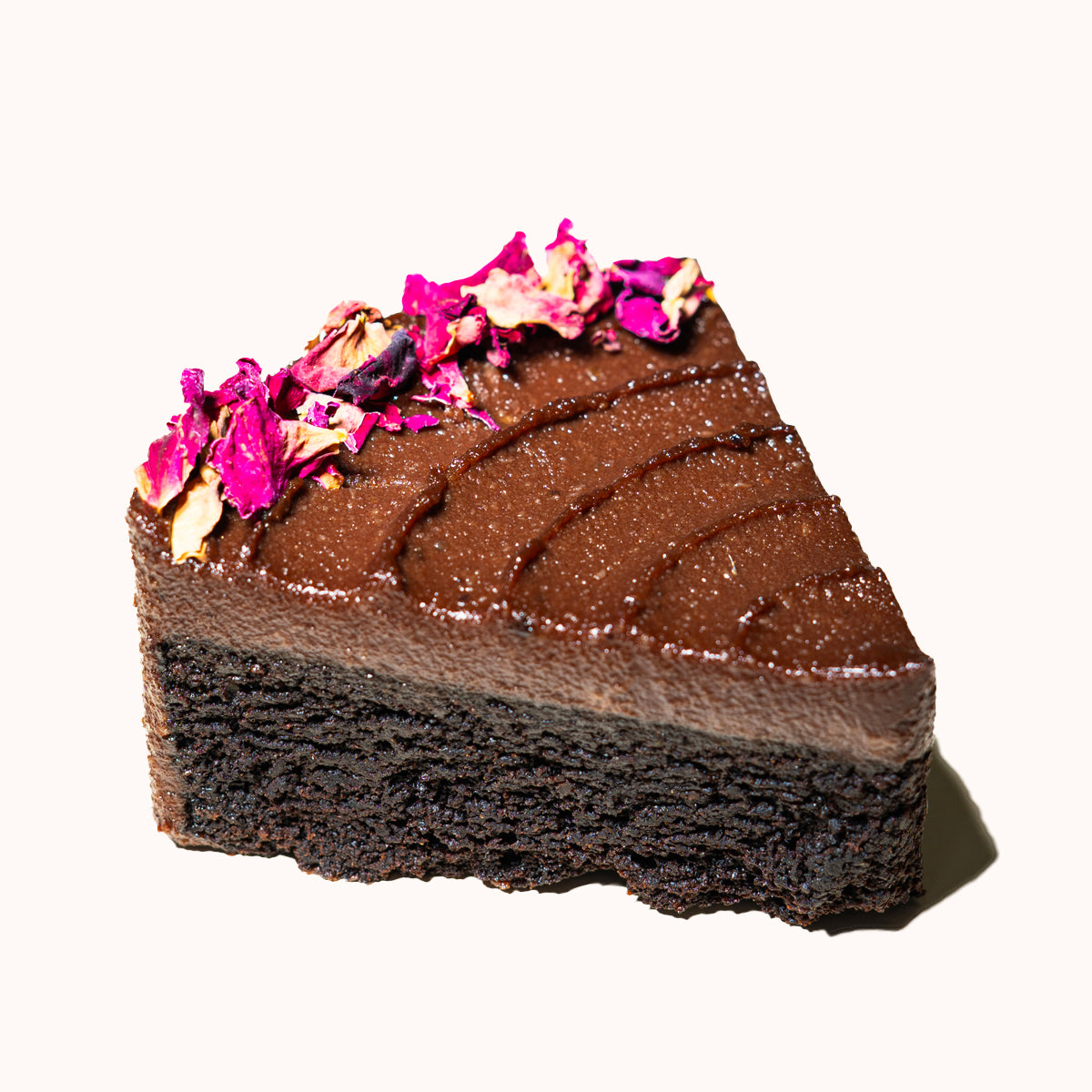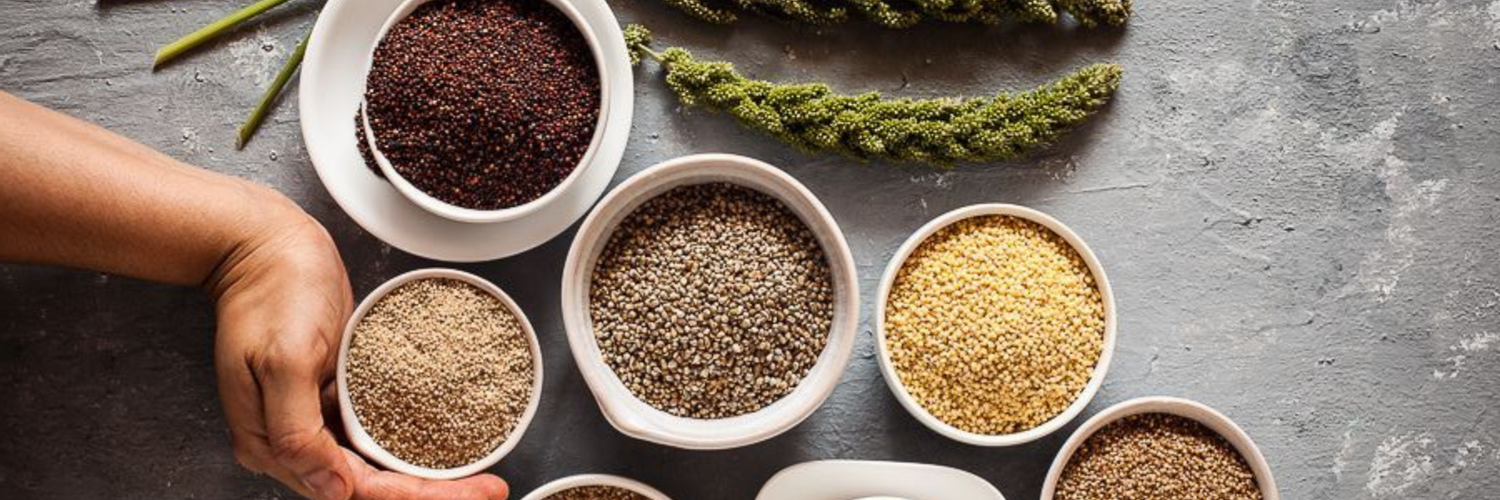Let’s be honest—nothing quite compares to the comfort of Indian bread, fresh off the pan, warm and fragrant, and perfect for scooping up curries or spreading with ghee. But for people living with celiac disease, gluten sensitivity, or gut issues, traditional wheat-based breads can be a painful indulgence.
At The Cinnamon Kitchen, we believe no one should have to give up the joy of good bread. That’s why we’re diving deep into the world of gluten-free Indian bread recipes, exploring wholesome, flavorful alternatives made with ancient grains like millets, flours packed with fiber, and ingredients that support digestion, hormonal health, and overall well-being.
 Why Go Gluten-Free?
Why Go Gluten-Free?
Gluten—a protein found in wheat, barley, and rye—can be hard to digest for many. For people with celiac disease, consuming gluten triggers an autoimmune response that damages the lining of the small intestine. But even for those without celiac, gluten can cause bloating, fatigue, brain fog, and inflammation, especially when consumed in excess or in its heavily processed form.
That’s where gluten-free diets come in. Not only are they essential for celiac patients, but many find going gluten-free supports better digestion, more stable energy, reduced skin flare-ups, and even clearer thinking. And let’s not forget those dealing with PCOS, IBS, or autoimmune conditions—cutting out gluten often brings much-needed relief.
The Power of Ancient Grains: Why Millets Deserve a Spot on Your Table
Millets are having a well-deserved comeback—and it’s about time. Used for centuries in Indian households, millets like jowar (sorghum), bajra (pearl millet), and ragi (finger millet) are naturally gluten-free, rich in nutrients, and incredibly versatile.
These ancient grains are loaded with fiber, iron, magnesium, calcium, and essential B vitamins, making them a fantastic base for Indian breads. Unlike refined flours, which can spike blood sugar and lead to energy crashes, millet-based flours offer slow-release energy, helping keep you full longer while also being gentle on the gut.
What we love most about millet-based flours is how fibrous and nourishing they are. The fiber supports smoother digestion, feeds good gut bacteria, and helps maintain healthy cholesterol levels. And because these grains are low on the glycemic index, they’re perfect for those managing blood sugar—yes, even diabetics and PCOS girlies who are tired of battling sugar crashes post-meal.
Gluten-Free Indian Breads You’ll Actually Crave

The idea that gluten-free means tasteless or cardboard-like is a total myth—and we’re on a mission to prove it wrong. Using the right ingredients and techniques, you can whip up Indian breads that are not just easy to digest, but also deliciously satisfying.
Take jowar rotis, for example. Made by kneading jowar flour with warm water and a touch of salt, these rotis are soft, pliable, and perfect with dals, sabzis, or chutneys. Their naturally earthy flavor makes them hearty enough for any curry you throw at them.
Then there’s ragi roti, rich in calcium and iron, making it especially great for women, expecting mothers, and kids. We love mixing ragi with grated veggies, herbs, and flaxseeds to turn it into a wholesome breakfast flatbread. Also, who can say no to a crispy ragi dosa, with unlimited sambhar and tamarind chutney! A perfect start to your meals!
Bajra rotis, on the other hand, shine in the winter. They’re warming, nourishing, and pair beautifully with ghee, jaggery, or even creamy avocado. Thanks to their higher fat and protein content, bajra breads are more filling and energy-dense—ideal for colder months when our bodies crave heavier meals.
Another favorite? Amaranth flour (rajgira) parathas. Amaranth is not only gluten-free but also protein-rich and high in lysine, an essential amino acid often missing from other grains. When rolled out thin and pan-fried with cold-pressed oils, it becomes the kind of bread that nourishes as it comforts.
And for something modern and fuss-free, multigrain millet flatbreads baked in the oven or pan-toasted make great wraps, sandwich bases, or even mini pizza crusts. They hold up well, taste amazing, and freeze beautifully.
How These Gluten-Free Breads Support Gut & Hormonal Health
One of the biggest misconceptions? That gluten-free means dry, dense, and disappointing. But when you use fiber-rich flours like ragi and jowar, the result is deeply nourishing and easy on the gut. These ingredients help regulate digestion, keep bowel movements consistent, and reduce bloating—a major win for anyone dealing with gut issues or food sensitivities.
For our PCOS warriors, dairy and gluten can be inflammatory triggers. Replacing these with plant-based, gluten-free alternatives helps balance hormones naturally, thanks to the high levels of magnesium, fiber, and antioxidants found in millets.
Plus, with no cholesterol, fewer saturated fats, and an abundance of plant-based nutrients, these flours offer a long-term health advantage—not just for those with allergies, but for anyone looking to live cleaner and eat more mindfully.
We often hear from parents who’ve switched their families to gluten-free flatbreads, and the results speak for themselves: fewer tummy aches, less post-lunch sluggishness, and better moods all around.

Small Tweaks, Big Wins
If you’re new to gluten-free cooking, start small. Replace your regular rotis with jowar or bajra two to three times a week. Pair with ghee, homemade pickles, or lentils for balanced, nourishing meals. And always remember, these flours are denser and lack gluten’s stretch, warm water and gentle kneading help make the dough more pliable. A touch of olive oil or cold-pressed coconut oil helps too.
The best part? You don’t have to overhaul your kitchen overnight. Start by replacing your regular aata with TCK’s gluten-free aata two or three times a week. It works like a charm for family meals, school tiffins, or postpartum recovery plates. Add warm water, a touch of oil, and knead gently to a soft dough, it’s beginner-friendly and endlessly versatile.
And if you're looking for inspiration, don't forget to check out the Recipe Blog section on our website. We’ve curated an entire library of gluten-free recipes, from millet-based naans to tiffin-ready parathas, all designed to fit into your real, everyday life.
Want hands-on guidance? We also host TCK community workshops where we dive deep into making gluten-free, plant-based, and kid-friendly meals that don’t feel like substitutes; but upgrades.
Check them out here


